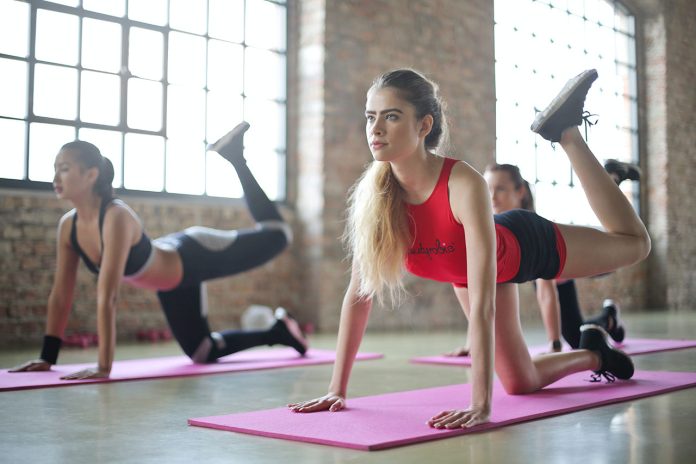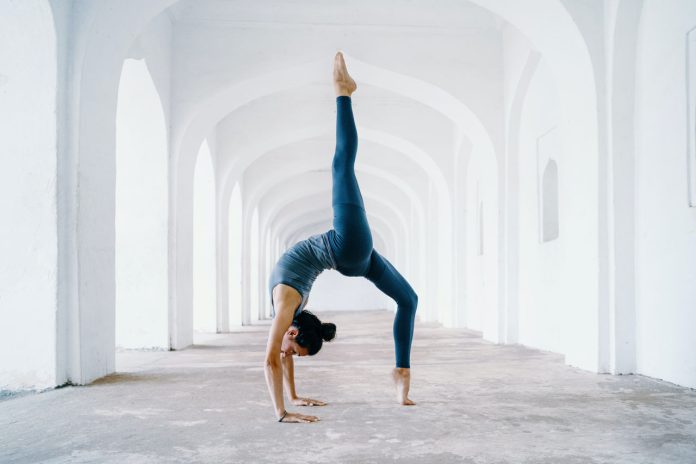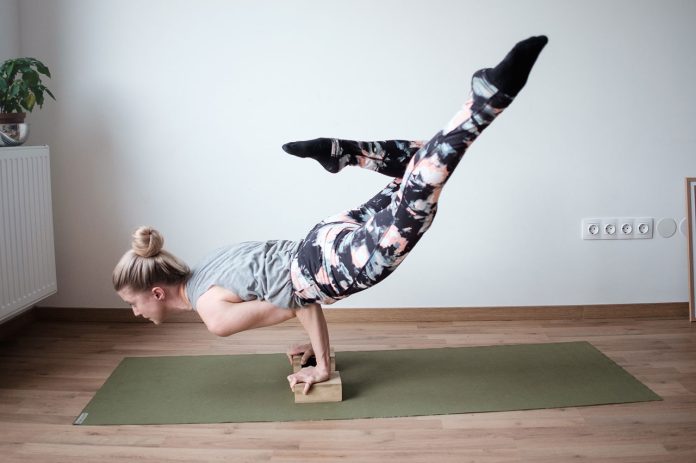With both yoga and Pilates surging in popularity as mind-body disciplines, many wonder how these practices actually compare. While both offer significant physical and mental health benefits through movement and breathwork, yoga and Pilates have distinct histories, training techniques, and overall philosophies. Pilates vs. Yoga: How Are They Similar and Different?
Table of Contents
You may also want to know: How to Start a Yoga Practice
Origins and Intentions
Modern Pilates derived from founder Joseph Pilate’s “Contrology” method began in the 1920s, focusing on strength and flexibility for rehabilitation. Yoga originated over 5,000 years ago in ancient India as a spiritual practice integrating ethical principles, meditation, and physical postures. While healing-related, yoga’s ultimate aim is unifying the mind and spirit.
Training the Mind
Yoga emphasizes training the mind via meditation, breathwork (pranayama), mantras, and mindfulness to achieve spiritual insight and tranquility. The mental focus anchors the physical practice. Pilates conditions the body through targeted exercises but does not train concentration or contain spiritual elements. The mind training differs greatly.
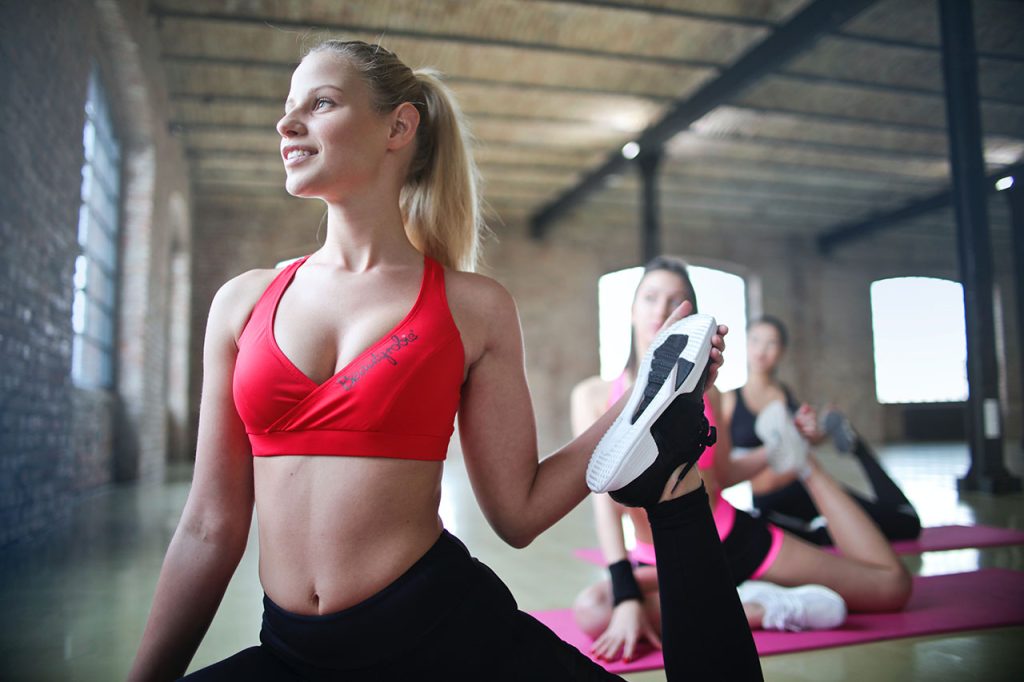
Alignment Principles
Yoga and Pilates both utilize mindful flowing sequences, but yoga focuses more intently on anatomical alignment in each pose. Pilates exercises overall coordination between muscle groups and axial elongation but does not aim for a “perfect” posture like yoga. Pilates engages the core continuously whereas core activation depends on the yoga pose.
Use of Props
While yoga incorporates a wide variety of props like blocks, straps, and bolsters to assist alignment and stability, Pilates utilizes little to no equipment originally. Reformers, chairs, barrels, and Cadillac machines offer support and spring resistance on some Pilates apparatus. Props differ in role and prevalence.
Breath Integration
In yoga, breath consciously links to movement; inhalations and exhalations are coordinated smoothly throughout sequences. Pilates focuses more on maintaining normal, steady breathing patterns during exercises rather than consciously connecting breath to motion. Breath training is integral to yoga, not Pilates.
Types of Movement
Both utilize a range of movements focused on strength, flexibility, control, and balance. However, yoga incorporates more hip openers, backward bends, and inverted poses while Pilates avoids extremes of joint extension and flexion. Pilates offers more accessories for resistance training. The exercises vary.
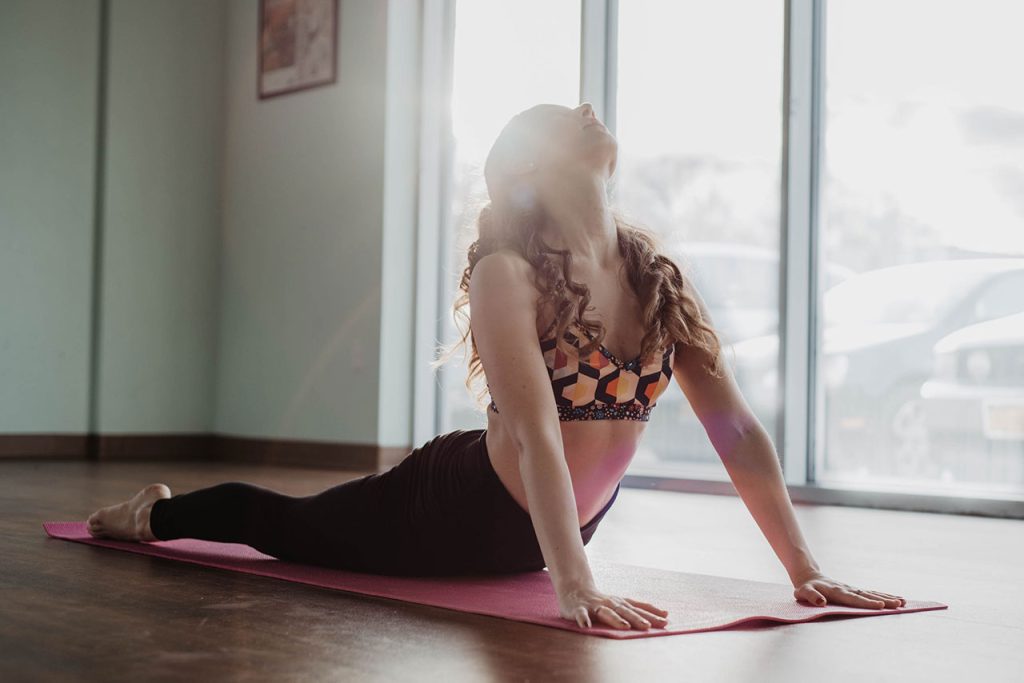
Teacher Training Rigor
Yoga teacher training covers extensive anatomy, alignment, injury prevention, sequencing, adjustments, history, and lifestyle aspects beyond just the poses. Pilates teacher training does not emphasize holistic lifestyle components and focuses more on exercises than overall health. Yoga training is more rigorous and rounded.
Overall Intensity
The intensity depends vastly on the specific style, but in general Pilates workouts tend to include more quick transitions and burn more calories due to continuous motion between strength exercises. Yoga builds internal heat but flows between poses at a more measured pace. Pilates can be more physically intense.
Atmosphere
Yoga classes usually incorporate a tranquil ambiance with soft lighting and music to calm the nervous system. While positive, Pilates studios have a livelier vibe. The yoga environment emphasizes stilling the mind and letting go of daily stresses. Pilates rooms have a lighter mood.
Advanced Progressions
Advanced yoga postures require years of dedication to master, along with increased mental acuity. Peak poses like unsupported headstands binds, and splits challenge total body control. High-level Pilates exercises demand coordination but not the same degree of balance, flexibility, and mental focus as upper-level yoga.
In summary, Pilates and yoga both complement fitness routines tremendously but are distinct disciplines. While some principles overlap, the origins, mental components, alignments, intensity, and overall mood differ. Understanding the contrasts allows you to incorporate both appropriately. Yoga and Pilates balance each other powerfully.

Related Links:
https://en.wikipedia.org/wiki/Yoga


